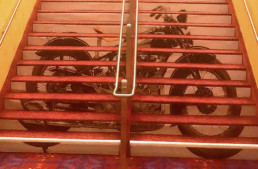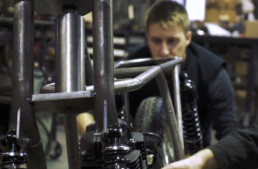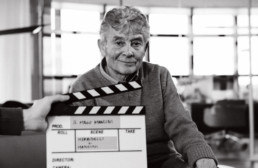Words: David Lancaster Photos: Dave NorvinBike, Sandra Gillard, Ahmed Sinno, David Lancaster
It’s 50 years since Fritz Egli debuted his Vincent-powered special at the Geneva Motorcycle Show. Moto Revue dubbed it the ‘Surprise à Zurich’, and a Lightning-spec Egli-Vincent glowered from their March 1967 cover. It was nearly the last time the British motorcycle industry could look down on the rest of the world – two years before the Honda CB750 – and Egli’s horny, hand-built special was a benchmark in performance and looks.
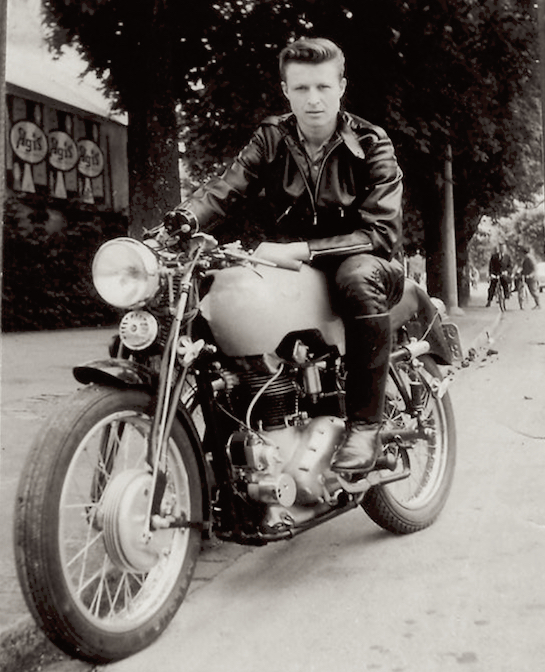
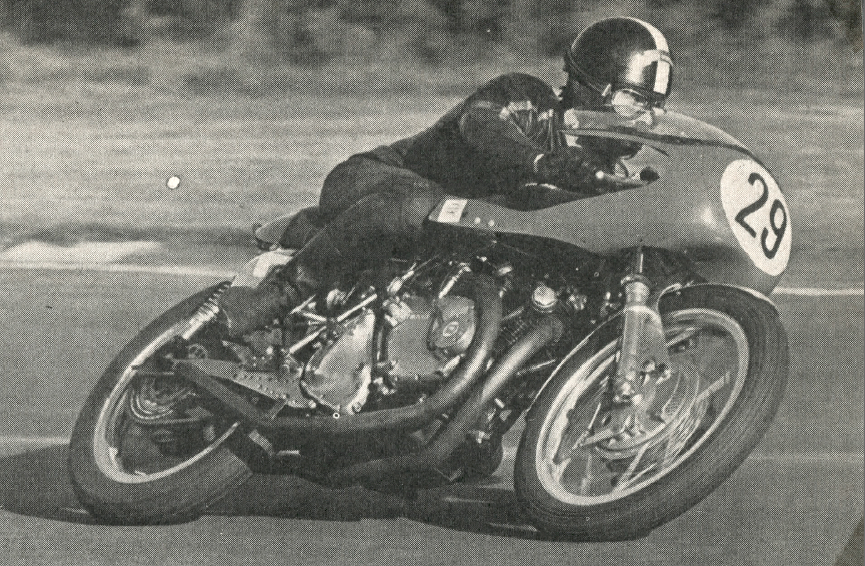
Fritz Egli’s genius was to rebuild and race-tune Vincent engines, and house them in a slim, light frame, supported by top-shelf cycle parts; Ceriani forks, cable operated Campagnolo disc brakes, plus the first oval swingarm, for rigidity. The 130+mph performance potential of a tuned Vincent motor finally had a chassis that could comfortably handle the 70+hp available. Egli’s creation was light, low and competitive. His famous aluminium ‘banana tank’ was a structural homage to the curve of twin exhausts, and a finishing touch to a bold, elegant motorcycle. Chassis and engine development were forged in the heat of battle, with Fritz himself winning the Swiss hill-climb championship in 1968. At an open-class meeting at Brands Hatch in 1969, Egli’s rider Fritz Peier battled for first place against Giacomo Agostini on his MV Agusta four, and Phil Read on the two-stroke Yamaha. That’s three very different motorcycles duking it out for top spot – until Peier took a fall, in close combat with Read. It had to be Read.
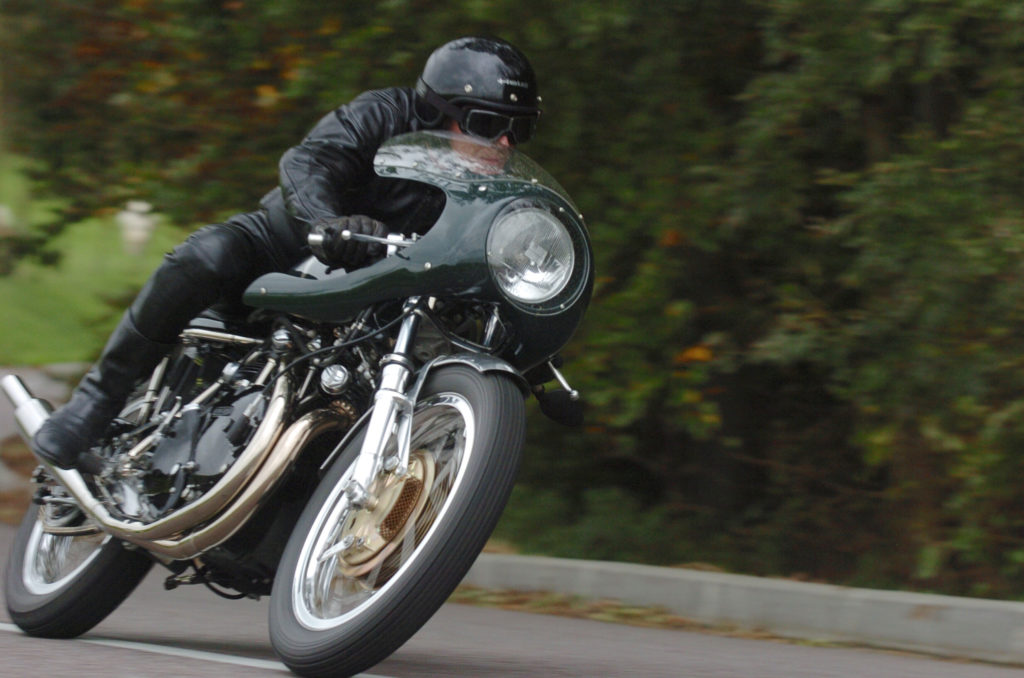
Since the 1960s, many copies of Egli’s oil-bearing frame were built by other shops – some good, some less so. Egli used his signature chassis with everything from Triumph and Ducati twins, to Yamaha two-strokes and Honda fours. In 1975, Fritz built and tuned an Egli-Kawasaki, which won the Bol d’Or 24 hours race with Georges Godier and Alain Genoud sharing the ride.
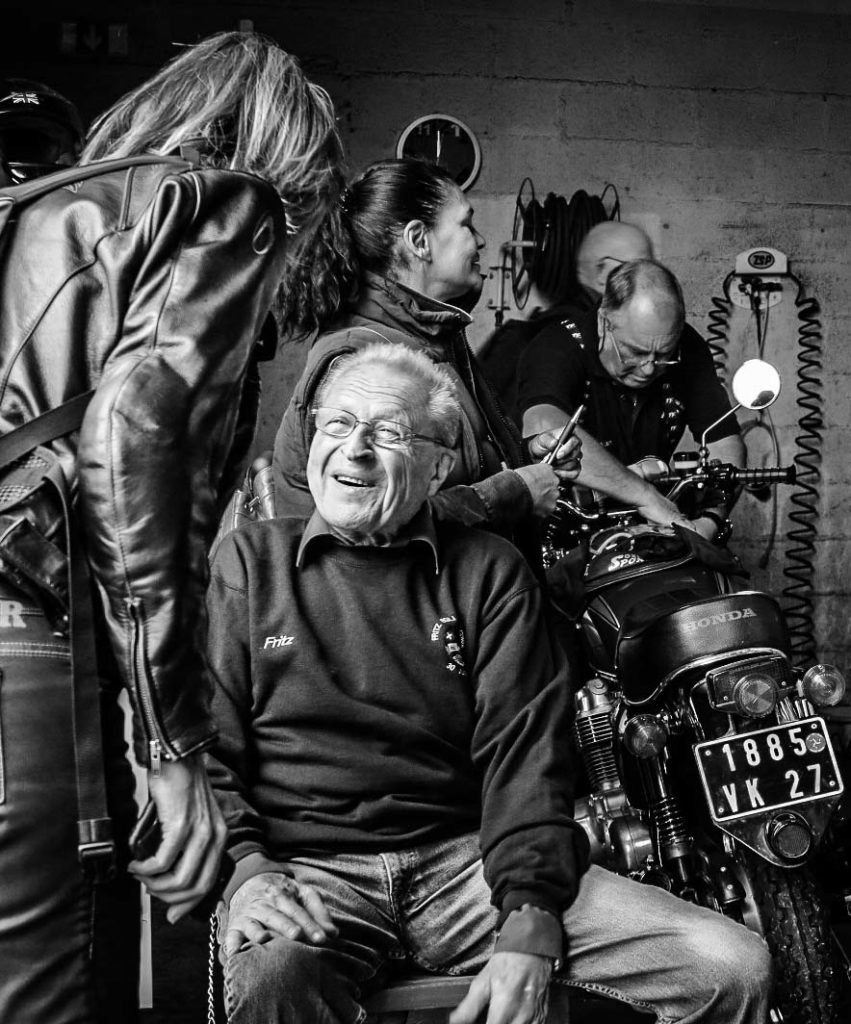
In June 2017, a devoted cadre met in Dijon to celebrate the Egli-Vincent, and Fritz Egli’s 80th birthday. Most riders at this 6th invitational Egli-Vincent meeting (organised with much charm by Guy Dano) were mounted on the Egli-sanctioned Patrick Godet bikes, usually with his highly developed 1330cc engine – the power plant Fritz himself uses in his neat, light outfit, which he’s ridden for many years. Two days of riding, eating and a little drinking were accompanied by a good deal of rain, but the assembled pressed on regardless.
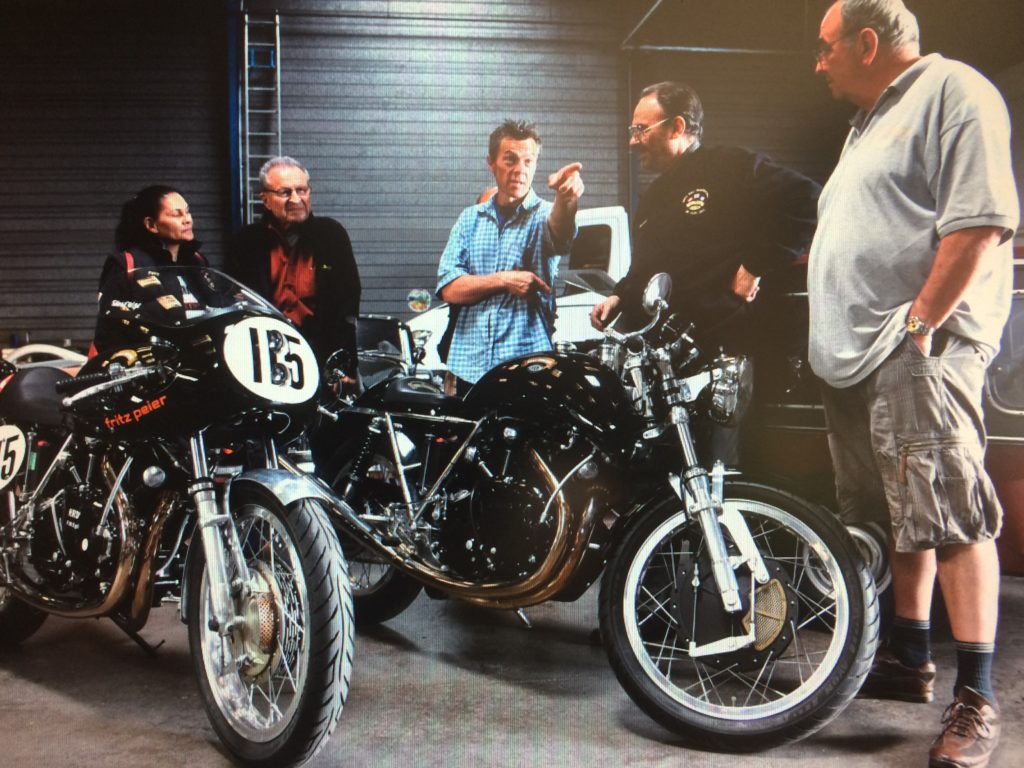
Godet and Egli have forged a long friendship based around these bikes. Godet’s enthusiasm for Vincents can be traced to the early 70s, when he owned Norvin in Rouen. Other models followed, until his own highly developed Black Lightning-spec Shadow took him to the win the French classic racing series (AFAMAC). He began building Egli-based bikes in the 1980s. Now – costly though they are – there is no other Egli-based Vincent that compares in attention to detail, development and performance…which is why the Godet bikes are the only ones with Fritz’s approval.
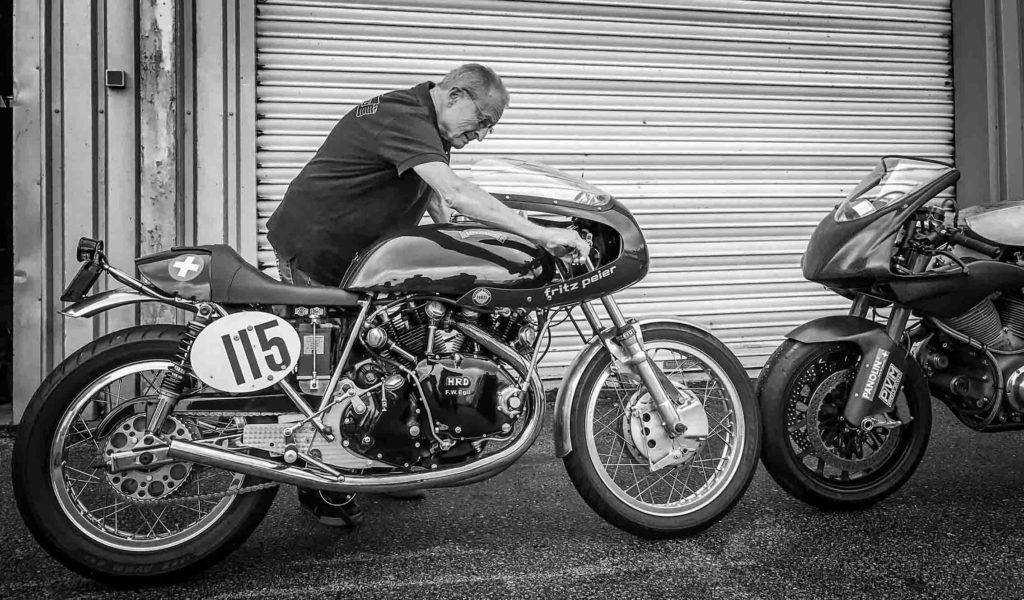
The pair speak in French when talking about life, and English when discussing technicalities. Attending the gathering with Fritz and his wife Patricia, was his son Fritz Junior who has developed a highly competitive version of the Vincent, using a Godet engine but with milled original Vincent style oil tank, worked up in cooperation with Terry Prince – the London-born former Egli collaborator in the mid 1960s, now resident in Australia.
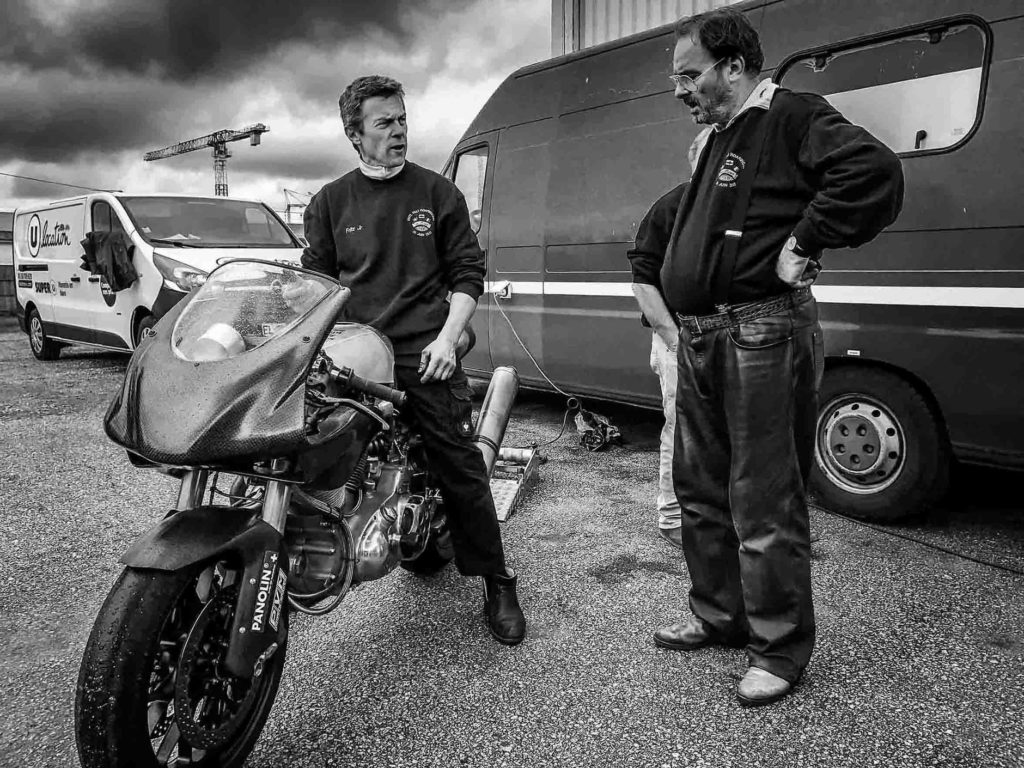
Which kind of brings things full circle: it was in 1965 that Fritz, and his then wife Margrit, rode their Shadow and Comet specials over from Switzerland to compete in a sprint at Church Lawford in the UK. They ran into Philip Vincent. ‘I was nervous about meeting him,’ Fritz says. ‘He knew my plans – but it was an honour to meet him, and he was very interested in what we were doing.’ Theirs was an unusual meeting in many ways; Philip Vincent had not made a motorcycle for 10 years, as the factory had ceased production in 1955. Fritz, by contrast, was on the cusp of producing one of the most beautiful and most successful specials ever to issue from a boutique builder.
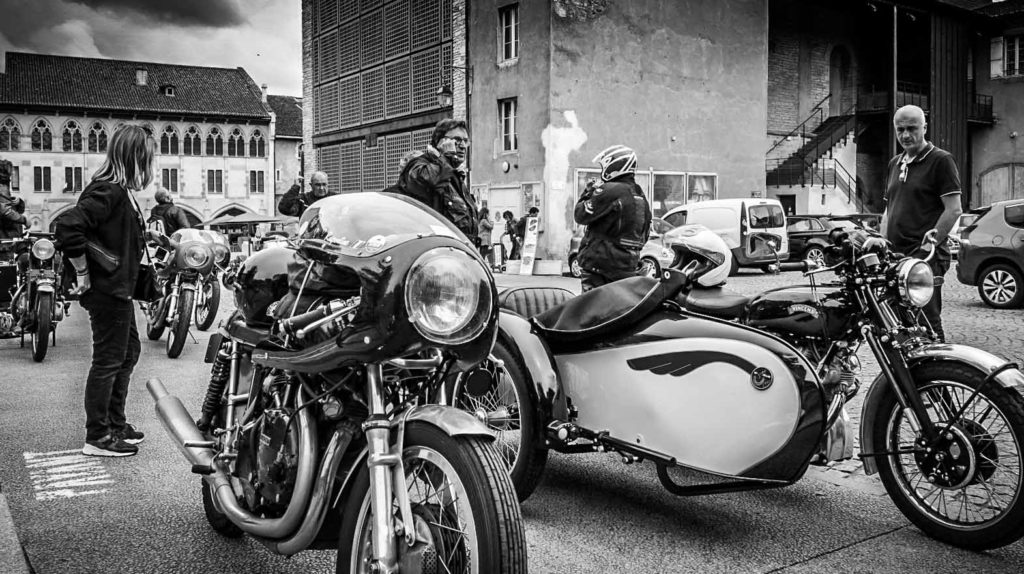
From a young age, Fritz Egli had looked beyond the confines of his native, land-locked Switzerland. As a phenomenally talented machinist, he’d won a scholarship to work in California in the early 1960s, and spent a year developing a love for early blues music while racing an Ariel in the desert on weekends. He took home a taste for American music, bikes and cars – which proved useful when he later began tuning and racing Corvettes.
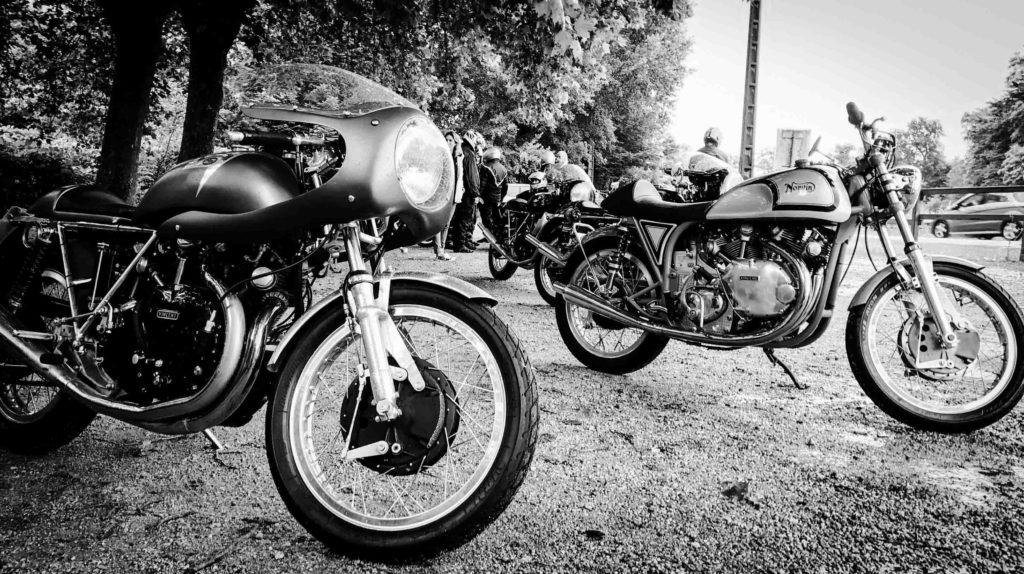
Egli has come a long way in 80 years. In 2009 he returned to the States, this time to the Bonneville Salt Flats, and at the age of 72 with a third wheel attached to his Swiss Performance Racing Hayabusa he took the class land speed record up to 209 mph. ‘Life is fun on a bike at over 300 kph,’ he recalls. These days his pace has slowed somewhat, but not his enthusiasm – especially for the Stevenage-built twins he’s so associated with. What’s so special about them? ‘So many intelligent, technical features first of all,’ he says. ‘The effortless acceleration. Yet, they are relaxing, comfortable. Testing or racing a four cylinder, you come back from a ride a little nervous, a little tense. With a Vincent you come back relaxed, with a big smile on your face. They are deep in my heart now.’
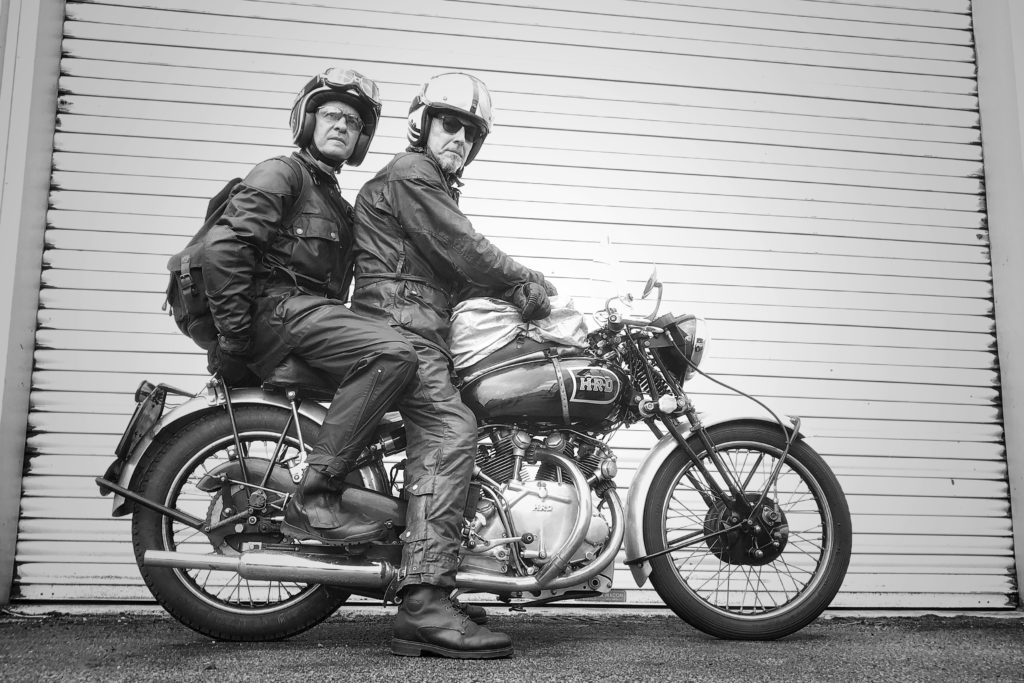
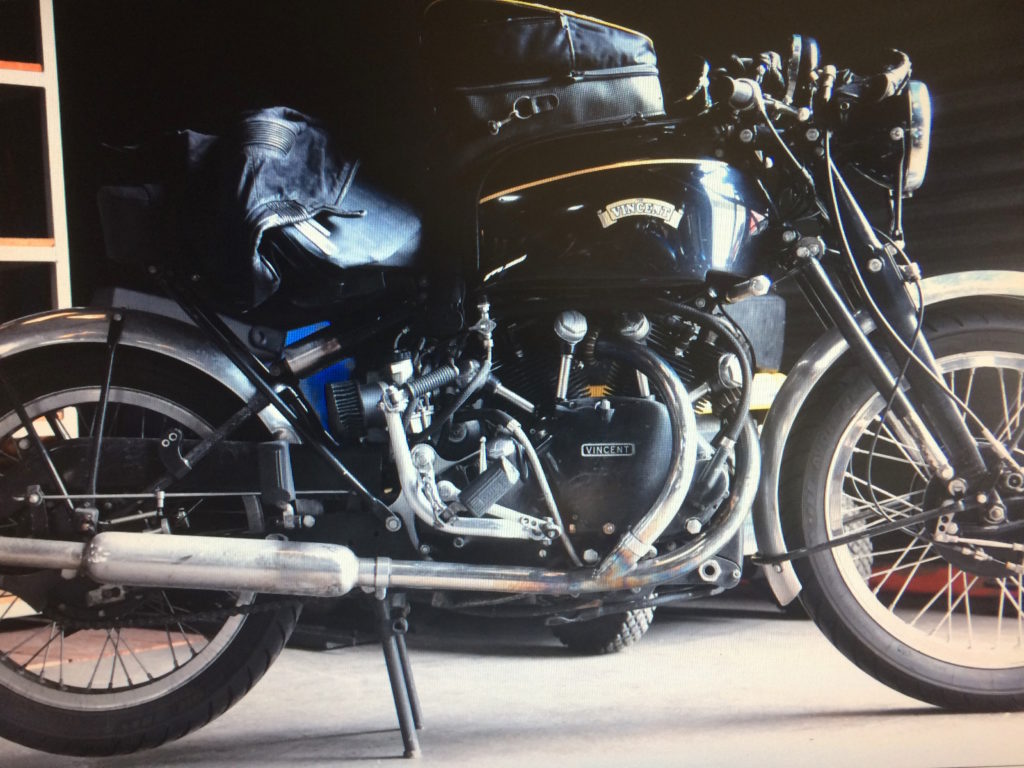
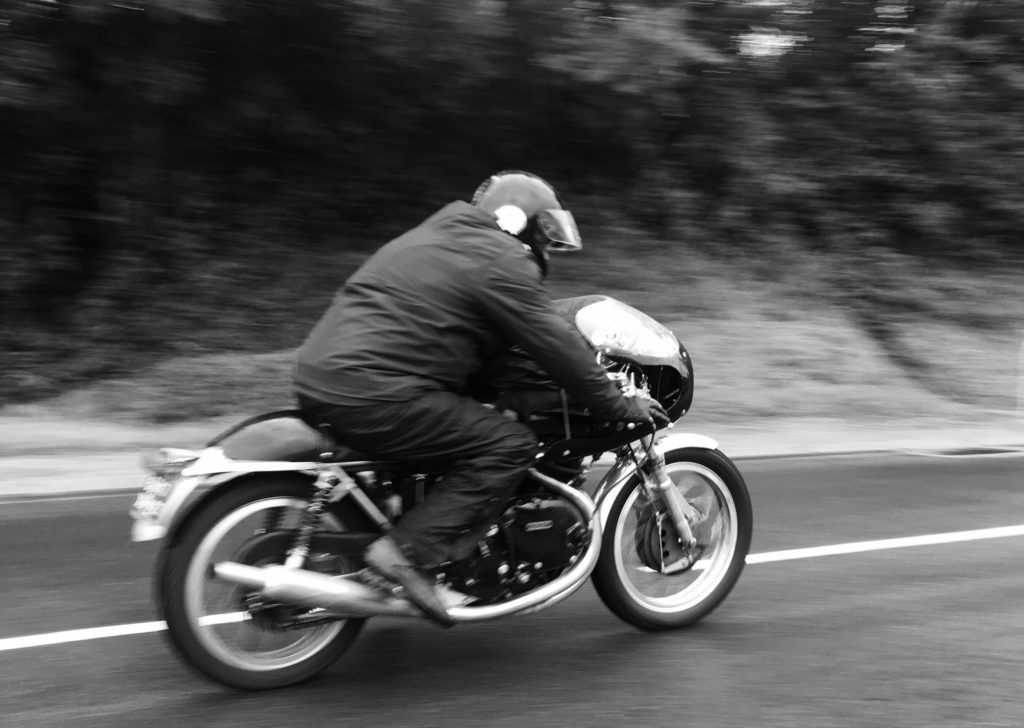
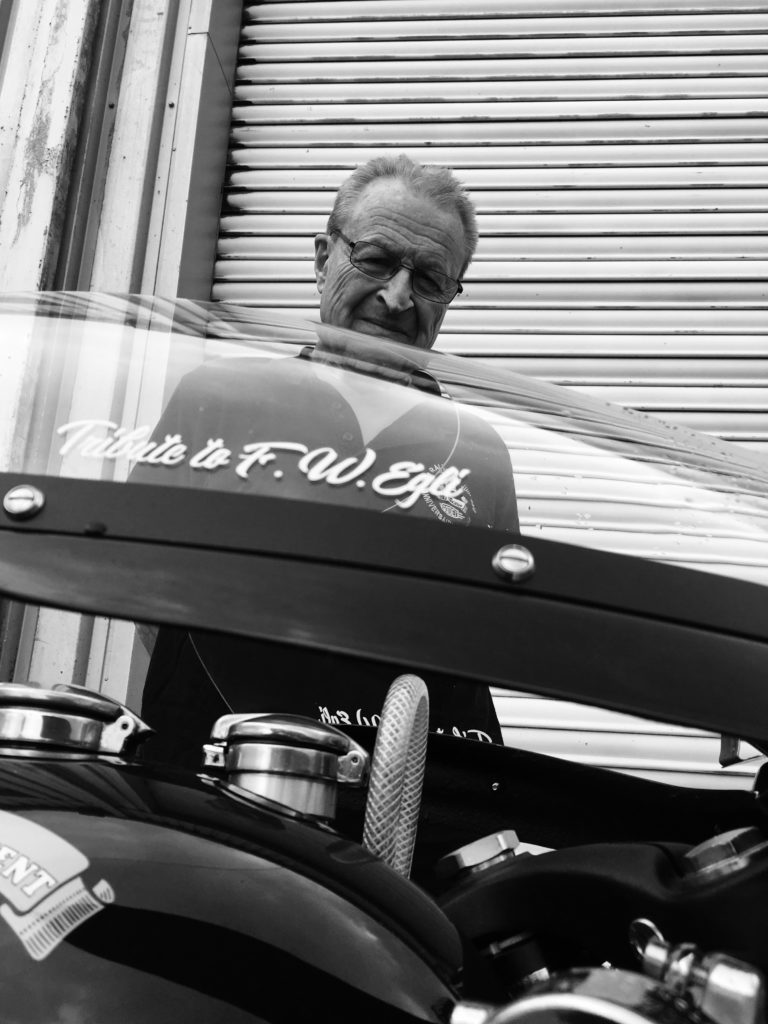
Related Posts
July 8, 2017
The Vintagent Trailers: Mancini, The Motorcycle Wizard
The mechanic that helped debut five of…
